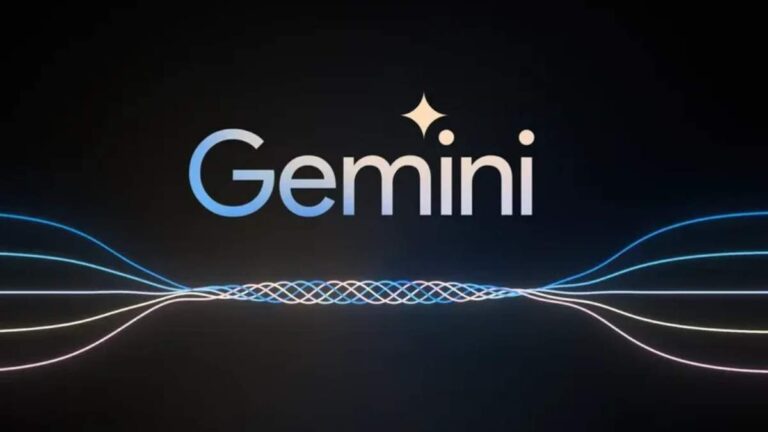The AI in robotics revolution is gaining momentum, with Google taking a bold step forward. Now, we have two cutting-edge Google’s AI models designed specifically for robotic applications. These innovations aim to make robots not only smarter but also more adaptable and commercially viable, paving the way for widespread adoption across industries.
Google’s AI Models for Robotics
Google’s latest advancements come in the form of two powerful AI-powered robotics models based on the Gemini 2.0 architecture:
- Gemini Robotics: This vision-language-action model equips robots with the ability to process visual data, interpret language commands, and execute physical tasks seamlessly. It bridges the gap between perception and action, enabling robots to perform intricate operations with precision.
- Gemini Robotics-ER: An enhanced version of the base model, this advanced system allows robots to understand spatial environments and execute complex reasoning-based tasks. Its capabilities extend to navigating dynamic settings and solving multi-step problems, making it ideal for sophisticated industrial applications.
These models are tailored for use in humanoids, factory robots, and warehouse automation systems, empowering businesses to scale their robotics operations efficiently. By streamlining task execution and adaptability, Google’s AI models address some of the most pressing challenges in robotics deployment.
How AI is Reshaping the Robotics Landscape
The integration of AI in robotics is accelerating the commercialisation of intelligent machines, particularly in industrial settings. Here’s how these advancements are transforming the field:
- Reduced Development Costs: AI models significantly lower the barriers to entry for startups, enabling them to deploy advanced robotics solutions faster and at a fraction of the traditional cost.
- Enhanced Adaptability: Modern robots powered by AI can now adapt to changing environments, perform complex physical actions, and learn from real-world interactions.
- Customisable Applications: Google’s Gemini Robotics models have already been tested on platforms like the ALOHA 2 bi-arm robotics system. They can also be customised for specific use cases, such as Apptronik’s Apollo humanoid robot, which is designed for service and logistics applications.
Industry Impact and the Future of AI in Robotics
Google’s push into robotics comes at a time when the industry is experiencing rapid innovation. For instance, Figure AI recently made headlines by exiting its collaboration with OpenAI after achieving independent breakthroughs in AI-driven robotics. Meanwhile, startups like Apptronik have raised $350 million to scale production of their humanoid robots, underscoring the growing demand for intelligent machines.
With Google’s AI models entering the fray, the potential for further innovation is immense. These tools could help robots integrate seamlessly into critical sectors such as manufacturing, logistics, healthcare, and customer service. As a result, businesses stand to benefit from increased efficiency, reduced operational costs, and enhanced automation capabilities.
The Road Ahead for Intelligent Machines
As AI in robotics continues to evolve, intelligent machines are set to become a cornerstone of global industries. From automating repetitive tasks in factories to assisting in complex logistical operations, robots powered by advanced AI will redefine productivity and scalability.
Google’s Gemini Robotics models represent a significant leap forward in this journey. By providing businesses with the tools to create smarter, more adaptable robots, the company is helping to unlock new possibilities across multiple sectors. As industries embrace these innovations, the era of intelligent machines is poised to transform the way we work and live.
Google’s introduction of AI-powered robotics models marks a pivotal moment in the evolution of automation. With their ability to enhance adaptability, reduce costs, and drive efficiency, these advancements are set to reshape industries and accelerate the adoption of intelligent machines worldwide.

